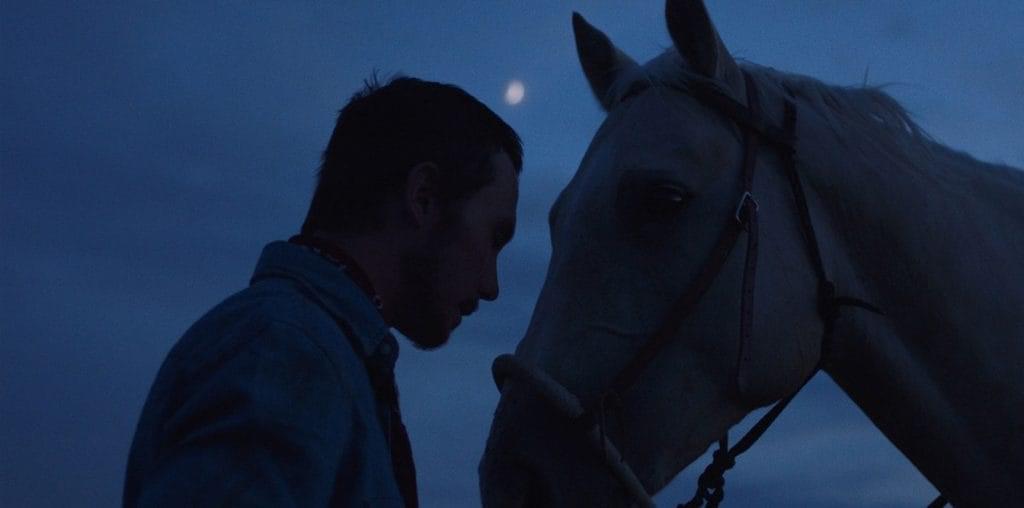
Wouldn’t it be nice to finally see an indie film so rich in suspense that good, old-fashioned fear holds us rigid in our seats? Isn’t it time to bury the old standbys for good and replace them with some true shockers? Please, bring them on—we’re drowning in anticipation!
Filmmaker Bivas Biswas’s ambitious attempt to offer a new take on the old vigilante cop saga does not quite reach its mark and, once again, we are sorely disappointed. The crazed detective avenging loved ones is a recurring theme in sundry film noirs such as Mark Steven’s classic, “Cry Vengeance” (1954). It is also popularized in such flicks as Michael Winner’s “Death Wish” (1974) and Don Siegel’s “Dirty Harry” (1971).
Biswas and writer Jose Rosete (who also plays vigilante Officer/Detective Ruiz) add a dose of psychological thriller to the mix by making the principal victim appear as an apparition seeking justice. Unfortunately, viewers are not quite frightened enough to make this film measure up or surpass the originals.
The film opens when Officer Ruiz notices a young couple swerving down the road. He follows them, pulls them over and demands the driver step out of the vehicle. It is evident alcohol is involved as we see beer cans on the car floor. The driver and his girlfriend plead unsuccessfully for their lives while we watch Ruiz brutally slay first one then the other. The film then cuts to a site where obviously Ruiz buries the bodies.
Ten years later, Detective Ruiz meets young Detective Murphy. Murphy carries a bag containing assumed evidence of the ten-year-old murders. When Ruiz attempts to take over the case, an argument ensues. At which point, Ruiz snaps and threatens Murphy with his service revolver. It is then that the apparition of the young driver appears.
Biswas’s re-mix of the ancient tale lacks the teeth to sway contemporary, sophisticated cineastes. While the cinematic concept is outstanding, scenes are well-shot and enacted, the victim-ghost is never developed enough to become an authentic undead figure— at least not to the satisfaction of die-hard occult-enthusiasts such as this critic. Similarly, the psychological complexity of Ruiz’ character is stifled, and the film’s ending seems rushed and contrived. Part of the problem may be due to timing. Before we know it, 15 minutes pass and the film is concluded.
As is often the case, creating a short film is far more difficult than shooting a feature. “Skeletons” is a massive film squeezed into a tiny space. Because of this constraint, the film disintegrates before our eyes. “Skeletons’” characters and story will only succeed as a feature, one hopefully made soon — so that we all may be resurrected in earnest.
